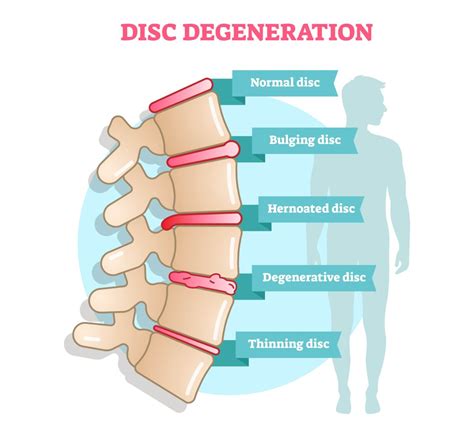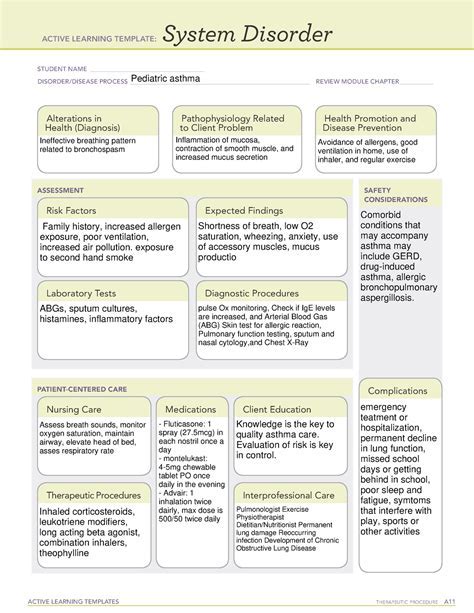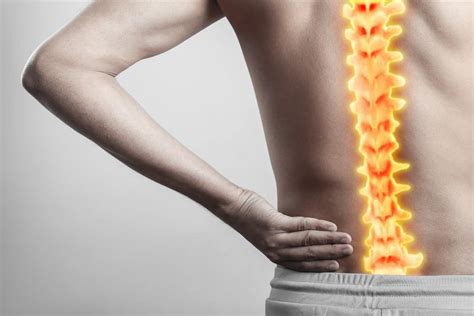Intro
Learn about degenerative spine disease, its symptoms, and treatment options. Understand spinal degeneration, herniated discs, and spinal stenosis, and how to manage chronic back pain and improve spine health.
Degenerative spine disease is a condition that affects millions of people worldwide, causing chronic pain, limited mobility, and a significant impact on quality of life. As we age, our spines naturally undergo wear and tear, leading to degenerative changes that can affect the discs, joints, and bones. In this article, we will delve into the world of degenerative spine disease, exploring its causes, symptoms, diagnosis, and treatment options. Whether you are experiencing back pain, numbness, or tingling, understanding this condition can help you take control of your health and find relief.
The spine is a complex and remarkable structure, consisting of 33 vertebrae, discs, and joints that work together to provide support, flexibility, and mobility. However, as we age, the spine undergoes natural degenerative changes, such as disc dehydration, joint wear, and bone density loss. These changes can lead to a range of conditions, including herniated discs, spinal stenosis, and osteoarthritis. Degenerative spine disease can also be caused by genetic factors, injuries, or certain medical conditions, such as obesity or diabetes.
As degenerative spine disease progresses, it can cause a range of symptoms, from mild discomfort to debilitating pain. Common symptoms include back pain, neck pain, numbness, tingling, and weakness in the arms or legs. In severe cases, degenerative spine disease can lead to bladder or bowel dysfunction, loss of balance, or difficulty walking. If you are experiencing any of these symptoms, it is essential to seek medical attention to determine the underlying cause and develop an effective treatment plan. Early diagnosis and treatment can significantly improve outcomes and reduce the risk of long-term damage.
Understanding Degenerative Spine Disease

Degenerative spine disease is a broad term that encompasses several conditions, including degenerative disc disease, spinal stenosis, and spondylosis. Degenerative disc disease occurs when the spinal discs lose their natural hydration and flexibility, leading to pain and stiffness. Spinal stenosis is a condition where the spinal canal narrows, putting pressure on the spinal cord and nerves. Spondylosis is a condition where the spinal joints become inflamed and arthritic, leading to pain and limited mobility.
Causes and Risk Factors
The causes of degenerative spine disease are complex and multifactorial. Age is a significant risk factor, as the spine naturally undergoes degenerative changes over time. Genetic factors can also play a role, with some people being more prone to degenerative spine disease due to their family history. Injuries, such as herniated discs or spinal fractures, can also contribute to the development of degenerative spine disease. Additionally, certain medical conditions, such as obesity or diabetes, can increase the risk of developing this condition.Diagnosis and Treatment Options

Diagnosing degenerative spine disease typically involves a combination of physical examination, medical history, and diagnostic imaging tests, such as X-rays, CT scans, or MRI scans. Treatment options for degenerative spine disease depend on the underlying cause, severity, and individual needs. Conservative treatment options include physical therapy, pain management, and lifestyle modifications, such as weight loss or exercise. In more severe cases, surgical intervention may be necessary to relieve compression, stabilize the spine, or repair damaged discs or joints.
Conservative Treatment Options
Conservative treatment options for degenerative spine disease focus on managing symptoms, improving mobility, and enhancing quality of life. Physical therapy can help improve flexibility, strength, and posture, while pain management strategies, such as medication or injections, can help alleviate pain and discomfort. Lifestyle modifications, such as weight loss, exercise, or stress reduction, can also help reduce symptoms and slow disease progression.Surgical Treatment Options

Surgical treatment options for degenerative spine disease are typically reserved for severe cases where conservative treatment has failed to provide relief. Surgical procedures, such as spinal fusion, discectomy, or laminectomy, can help relieve compression, stabilize the spine, or repair damaged discs or joints. Minimally invasive surgical techniques, such as endoscopic surgery or robotic-assisted surgery, can also help reduce recovery time and scarring.
Minimally Invasive Surgical Techniques
Minimally invasive surgical techniques for degenerative spine disease offer several benefits, including reduced recovery time, less scarring, and lower risk of complications. Endoscopic surgery, for example, uses a small camera and instruments to visualize and treat spinal conditions, while robotic-assisted surgery uses advanced technology to enhance precision and accuracy. These techniques can help reduce the risk of infection, bleeding, or nerve damage, making them an attractive option for many patients.Living with Degenerative Spine Disease

Living with degenerative spine disease requires a proactive and holistic approach to managing symptoms, improving mobility, and enhancing quality of life. This can involve making lifestyle modifications, such as exercising regularly, maintaining a healthy weight, or practicing stress-reducing techniques. Additionally, seeking support from family, friends, or support groups can help patients cope with the emotional and psychological aspects of this condition.
Coping with Chronic Pain
Coping with chronic pain is a significant challenge for many patients with degenerative spine disease. This can involve developing coping strategies, such as deep breathing, meditation, or cognitive-behavioral therapy, to manage pain and reduce stress. Additionally, seeking support from pain management specialists or mental health professionals can help patients develop a comprehensive pain management plan.Prevention and Future Directions

Preventing degenerative spine disease involves maintaining a healthy lifestyle, including regular exercise, a balanced diet, and good posture. Additionally, avoiding smoking, managing stress, and getting enough sleep can help reduce the risk of developing this condition. Future directions in the treatment of degenerative spine disease include the development of new surgical techniques, such as stem cell therapy or gene therapy, and the creation of more effective pain management strategies.
Emerging Therapies and Technologies
Emerging therapies and technologies for degenerative spine disease offer promising new approaches to managing symptoms and improving outcomes. Stem cell therapy, for example, involves using stem cells to repair or replace damaged spinal tissues, while gene therapy involves using genes to promote spinal healing and regeneration. Additionally, advances in robotic-assisted surgery and minimally invasive techniques are helping to reduce recovery time and improve patient outcomes.What are the symptoms of degenerative spine disease?
+Common symptoms of degenerative spine disease include back pain, neck pain, numbness, tingling, and weakness in the arms or legs.
How is degenerative spine disease diagnosed?
+Diagnosing degenerative spine disease typically involves a combination of physical examination, medical history, and diagnostic imaging tests, such as X-rays, CT scans, or MRI scans.
What are the treatment options for degenerative spine disease?
+Treatment options for degenerative spine disease depend on the underlying cause, severity, and individual needs, and may include conservative treatment options, such as physical therapy or pain management, or surgical treatment options, such as spinal fusion or discectomy.
Can degenerative spine disease be prevented?
+While degenerative spine disease cannot be completely prevented, maintaining a healthy lifestyle, including regular exercise, a balanced diet, and good posture, can help reduce the risk of developing this condition.
What is the prognosis for degenerative spine disease?
+The prognosis for degenerative spine disease depends on the underlying cause, severity, and individual needs, but with proper treatment and management, many patients can experience significant improvement in symptoms and quality of life.
If you or a loved one is living with degenerative spine disease, it is essential to seek medical attention and develop a comprehensive treatment plan. By understanding the causes, symptoms, and treatment options for this condition, you can take control of your health and find relief from chronic pain and limited mobility. Remember to stay proactive, ask questions, and seek support from healthcare professionals, family, and friends. Together, we can work towards a future where degenerative spine disease is a manageable and treatable condition, and where patients can live full and active lives. We invite you to share your experiences, ask questions, or provide feedback in the comments section below, and to share this article with anyone who may benefit from this information.
